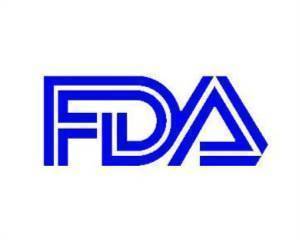A study led by Mount Sinai School of Medicine researchers of 192 pharmaceutical advertisements in biomedical journals found that only 18 percent were compliant with Food and Drug Administration

Researchers performed a cross-sectional analysis of prescription pharmaceutical advertisements published in nine journals in November 2008. They evaluated adherence to FDA standards and the presence of content that is important for physicians to use when safely prescribing the drugs. Of the 192 advertisements for 82 unique products, only 15 fully adhered to all 20 FDA Prescription Drug Advertising Guidelines. In addition, 57.8 percent of the advertisements did not quantify serious risks, 48.2 percent lacked verifiable references, and 28.9 percent failed to present adequate efficacy quantification.
"The limited resources of the FDA's Division of Drug Marketing and Advertising are a major barrier to successful regulation of the pharmaceutical industry's multi-billion dollar marketing budget," said Dr. Korenstein. "We are hopeful that an update in FDA regulations, with increased emphasis on the transparent presentation of basic safety and efficacy information, might improve the quality of information provided in physician-directed pharmaceutical advertisements."
Source-Eurekalert









